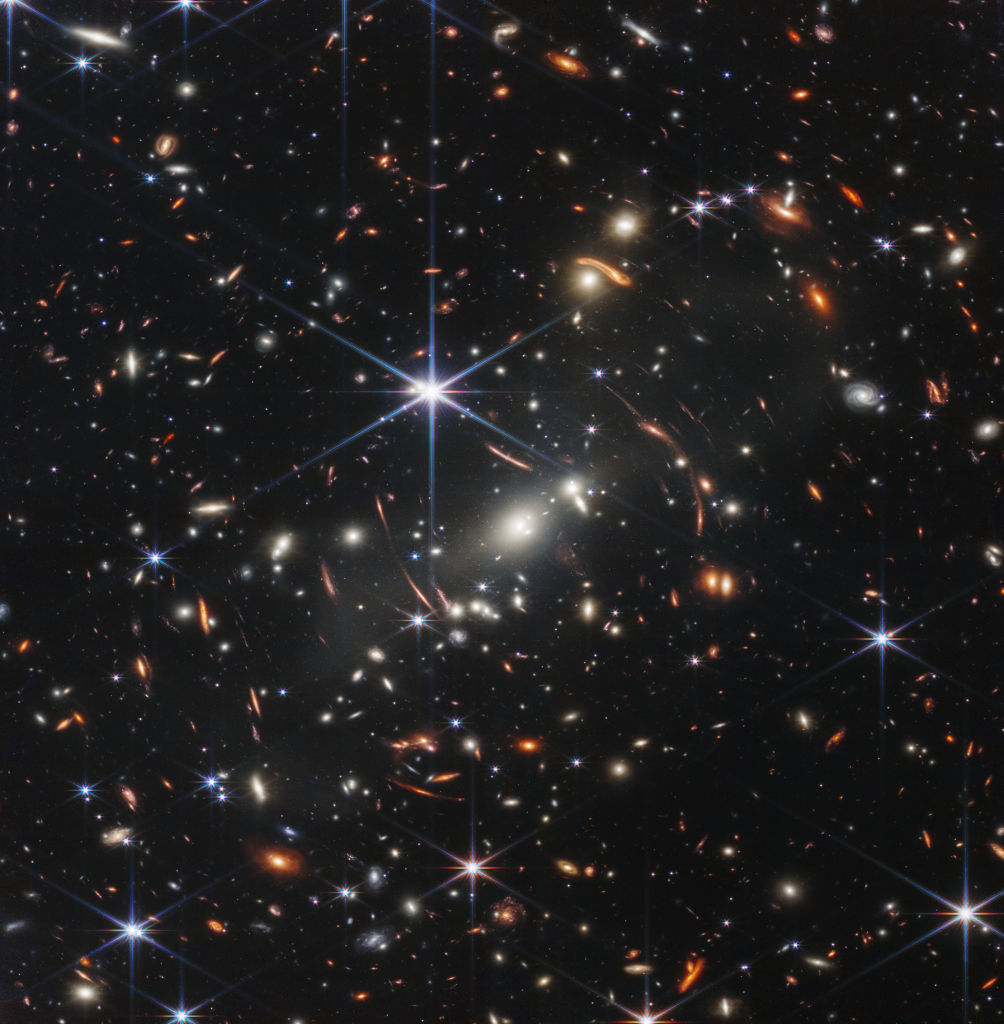NASA’s James Webb Space Telescope (JWST) has made a groundbreaking discovery, uncovering the locations of 200 previously unknown galaxies and determining their distances from Earth. This achievement is like a cosmic game of “distance charades,” where the JWST has outperformed itself.
On July 11, 2022, the JWST released its first deep field image, called “Webb’s First Deep Field.” This image captured over 7,000 galaxies and provides crucial information for astronomers studying the evolution of galaxies. It offers a glimpse into how galaxies were born and developed in the early stages of the universe.
Dr. Gaël Noirot from Saint Mary’s University in Halifax and his team of astronomers, part of the Canadian NIRISS Unbiased Cluster Survey (CANUCS), have taken on the task of discovering the addresses and distances of these galaxies. Equipped with JWST’s Canadian-made NIRISS instrument, they have successfully measured the distances of nearly 200 galaxies, turning their cosmic quest into a science.
The team employs a trick called “redshift” to measure the distance of these galaxies. Redshift acts as a cosmic GPS system, allowing scientists to determine the distance based on the colors the galaxies are displaying.
In their extensive catalog of galaxy redshifts, the team identified three additional galaxy clusters located at much greater distances than previously known. These clusters are situated about eight to 10 billion light-years away from Earth. Observing these clusters across various cosmic eras provides a time-lapse view of their evolution from their early stages to their present state.
Among the discoveries, the Sparkler galaxy stands out. This galaxy, located nine billion light-years away, resembles a disco ball filled with stars. It is part of a newly discovered cosmic neighborhood, revolutionizing our understanding of how star communities formed in the early universe.
The findings of Dr. Noirot and his team have been published in the October 2023 issue of Monthly Notices of the Royal Astronomical Society. These findings, along with the first deep field image from JWST, will undoubtedly contribute to the astronomical community’s knowledge and open up new avenues of research.
As the CANUCS team continues their cosmic exploration, we can expect more astonishing revelations and a deeper dive into the cosmic epochs. Webb’s First Deep Field is not just a snapshot; it is a time machine that takes us on a journey through the evolution of the universe.

